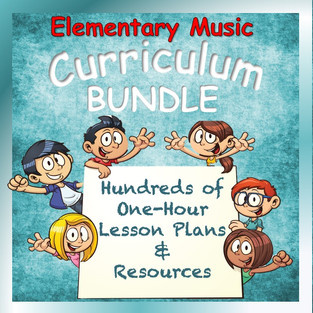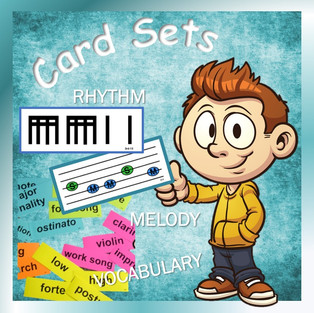You Have to Say, "Ba-a-a" to a Little Baby Goat
- Janis Aston

- Sep 9, 2020
- 3 min read
Updated: Jul 21, 2021

HOW DO YOU TALK TO A LITTLE BABY GOAT?
I thought that might get your attention! LOL Read on . . . there is an educational connection!
My husband and I took our grandkids camping (I use that term loosely because we rented a fabulous RV) one weekend, this past fall. On Saturday, we went to the Fainting Goat Festival in Lewisburg, TN. Yes, there is such a thing! Every time my grandson walked up to a goat pen, he would bend over and get nose to nose with the goat inside and they would just stare at each other.
I couldn't help but remember the old Tom T. Hall song, "How Do You Talk to a Little Baby Goat?" The verses go like this:
"How do you talk to a little baby goat?
You can't say 'Meow,' like a cat.
You have to say, 'Ba-a-a,' to a little baby goat.
That's all he'll understand."*
Music, just like any other skill, must be taught using sequential, age-appropriate methods, so the students will understand.
Teaching Sequentially
Recently, I was reading through posts on Facebook and several questions came up about how to teach beat, rhythm, singing skills, etc. Some teachers were having problems with older students keeping the beat. And I immediately thought about that song again.
We have to start where they are. We can't expect students to be able to do the hard things if they have not had the preparation that builds a solid foundation.

Many times, teachers begin a new teaching position in a school where students have not been taught in a solid and sequential way from kindergarten. Imagine asking third graders to perform a simple stick activity that requires keeping the beat and they struggle to do so. Or fourth graders who cannot perform a folk or square dance because they have no concept of phrases or beats in a phrase. Older Students Are Self-Conscious

Teachers must be creative and also have a good grasp of child development. We have to devise ways to teach those beginning concepts to older students in ways that will engage them.
I once was in a middle school situation where half of the students came from my elementary school and the other half were from another school.
Oh, my!! I thought that my students who had been singing, moving, dancing, clapping, etc. since kindergarten would rub off on the others who had not had any music experiences whatsoever. Boy, was I wrong! It was just the reverse. Everything I asked them to do, sing, or move was "not cool." After thinking about it, I realized all of the students were self-conscious. They didn't want the others to see that they couldn't do what I was asking them to do and the ones that could were afraid of being made fun of. I was forced to step back, analyze, and figure out how to keep the momentum going with my experienced kids while also bringing the inexperienced kids up to speed. What a challenge! For movement/dances, the first thing I did was "chair" dancing. Movements while sitting in chairs. Yes, we learned dance moves while still seated. I prodded, found the most belligerent students, teased, was sarcastic and silly, until they participated. It worked. They couldn't keep a straight face during my shenanigans and before I knew it, they were ready to get up and dance!

Make It Fun
Older students will catch on quickly if you make it fun. It won't be too long before you have your classes working well together if they are engaged and enjoying the activities. Zero in on the most difficult students and discover something, anything, they like. Build on that.
Quickly find out where your students are in their development. Then build skills sequentially in interesting and engaging ways. No matter how old the students are, skipping the basics will only result in frustration, for you and also the students.

Finally . . .
Be the responsible teacher who has a solid, standards-based plan/curriculum so your students will be prepared to take the next steps in their musical education journey. It is not easy. It is hard work. You will have to dig and be constantly learning. But the result will be students who love and appreciate music based on their sequential and age-appropriate learning experiences in your classroom!
The best value for your money in finding a solid standards-based curriculum,
*Lyrics by Tom T. Hall, 1974. NOTE: Check out the YouTube versions of this song. Here's just one—Country Songs for Children, 2014.












Comments